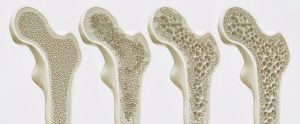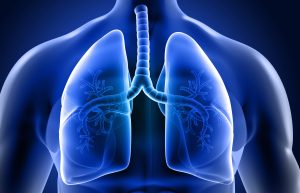At 4 Life Physiotherapy we do dry needling. If this treatment is suitable for you it can be done during your physiotherapy session at no additional charge.
What is Dry needling?
 Dry needling involves the use of fine, single-use, sterile needles inserted into the muscles and specific points of the body. Dry needling helps with pain relief, tissue function and healing, the exact mechanisms behind the effectiveness of dry needling varies, but is thought to include inhibition of pain signals, increasing blood flow to tissue, stimulating the nervous system, influencing electrical and chemical cells in the body, restoring normal tissue function and reducing trigger points and tight muscles.
Dry needling involves the use of fine, single-use, sterile needles inserted into the muscles and specific points of the body. Dry needling helps with pain relief, tissue function and healing, the exact mechanisms behind the effectiveness of dry needling varies, but is thought to include inhibition of pain signals, increasing blood flow to tissue, stimulating the nervous system, influencing electrical and chemical cells in the body, restoring normal tissue function and reducing trigger points and tight muscles.
What can dry needling help with?
- Pain – both muscular and nerve pain
- Headaches
- Osteoarthritis pain
- Muscle tightness
- Increasing range of motion in muscles and joints
- Assisting with muscle control and activation
- Bruises and tissue healing (sprains, strains and injuries)
Is it safe? What are the risks/side effects to dry needling?
Dry needling is a very safe technique when performed by someone who is trained and qualified. The needles are all sterile, single use needles which are disposed of following your treatment. We NEVER reuse needles or use a needle that has previously been opened.
There are sometimes some normal minor side effects to dry needling such as feeling tender or sore in the treated area following the session, feeling tired or sleepy and small bruises.
Is it painful?
Generally no, when the needle is inserted you may feel a slight pick and you may have a muscle twitch response (where your muscle twitches/contracts quickly in response to the needle), but once the needles are inserted you generally cannot feel them or they may have a “heavy” or warm sensation.
How many sessions do it need?
Depending on your condition and how long you have had your condition for, the amount of sessions you will require will vary. Some people notice improvements following their first session and most people find that after 3-4 sessions they will have a significant change in their symptoms, however some people may require more.
If you would like to find out more about dry needling or any other services provided here at 4 Life Physiotherapy please feel free to give us a call to discuss any questions you may have on 08 9583 5200.

- Madsen, M.V., Gøtzsche, P.C., & Asbjørn Hróbjartsson. (2009). Acupuncture treatment for pain: systematic review of randomised clinical trials with acupuncture, placebo acupuncture, and no acupuncture groups. The British Medical Journal. 338: a3115
- Furlan, A.D., Van Tulder, M., Cherkin, D., Tsukayama, H., Lao, L., Koes, B., & Berman, B. (2005). Acupuncture and dry-neeling for low back pain: an updated systematic review within the framework of the cochrance collaboration. 30(8), 944-963.
- Lewit, K. (1979). The needle effect in the relief of myofascial pain. 6, 83-90
Save
Save
Save






